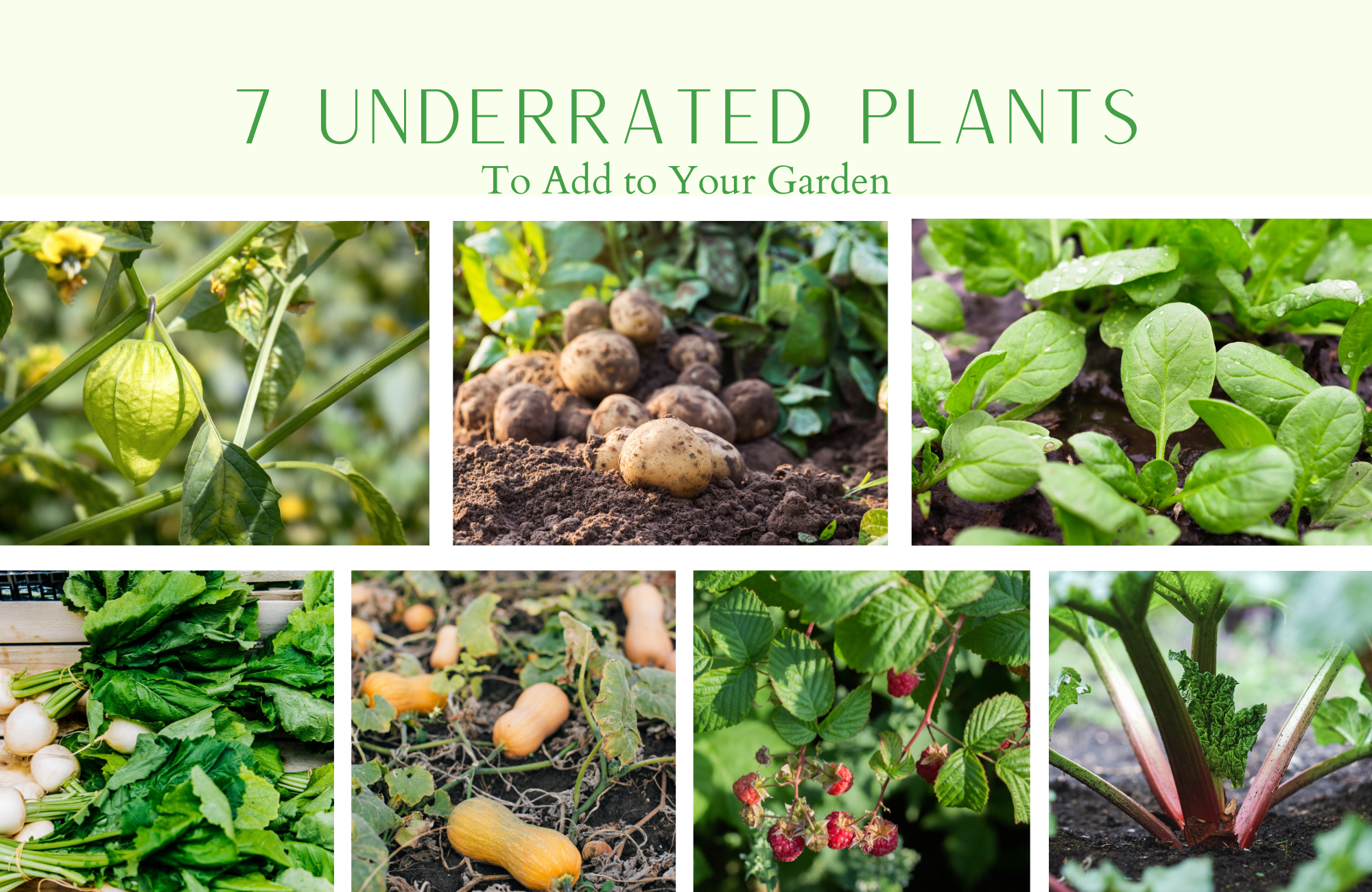
Behind-the-Scenes with Planter and Gardener Scott (and a New Feature!)
Today, I’m excited to share an incredible conversation we had with none other than Gardener Scott and to announce a brand-new Planter feature: the Garden Summary. If you don’t know who Gardener Scott is, you should go straight to his YouTube channel and binge-watch his excellent gardening videos. We had the pleasure of meeting up with Gardener Scott on a rainy day in Connecticut to chat about the Planter backstory, to brainstorm cool new features, and to test drive the Garden Summary....








